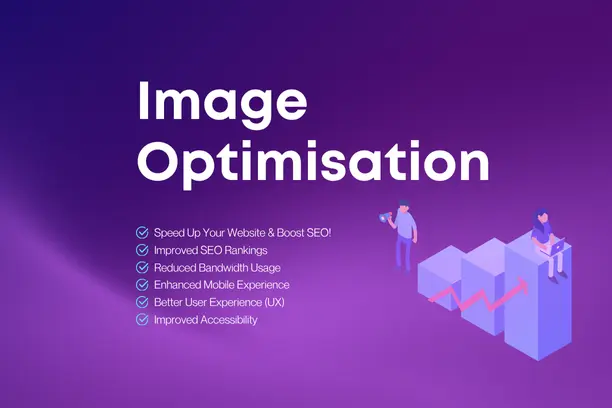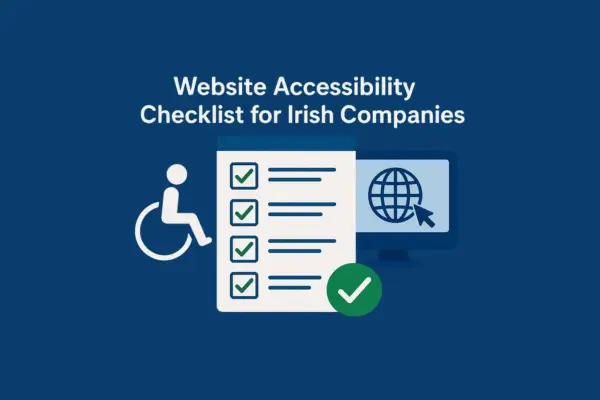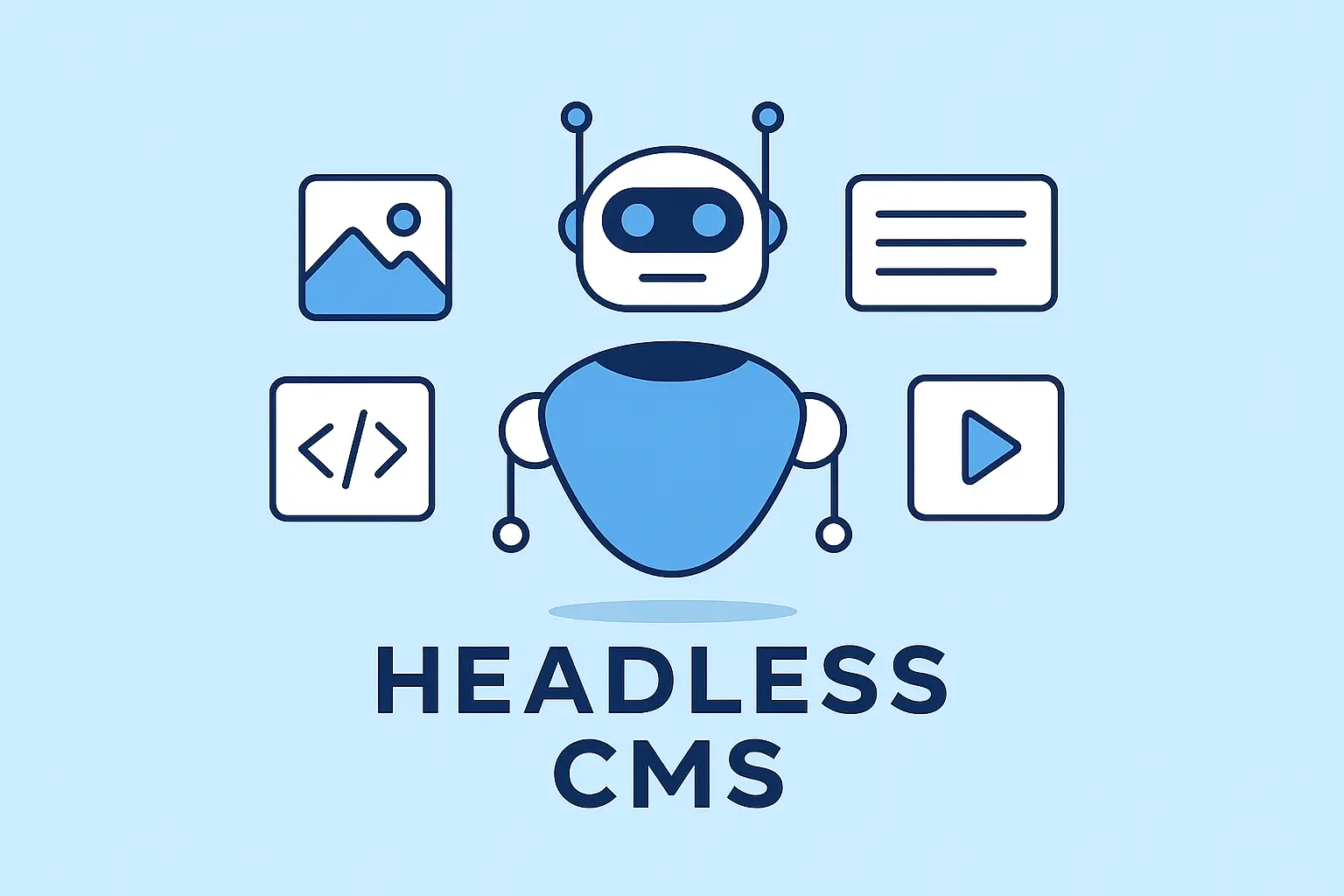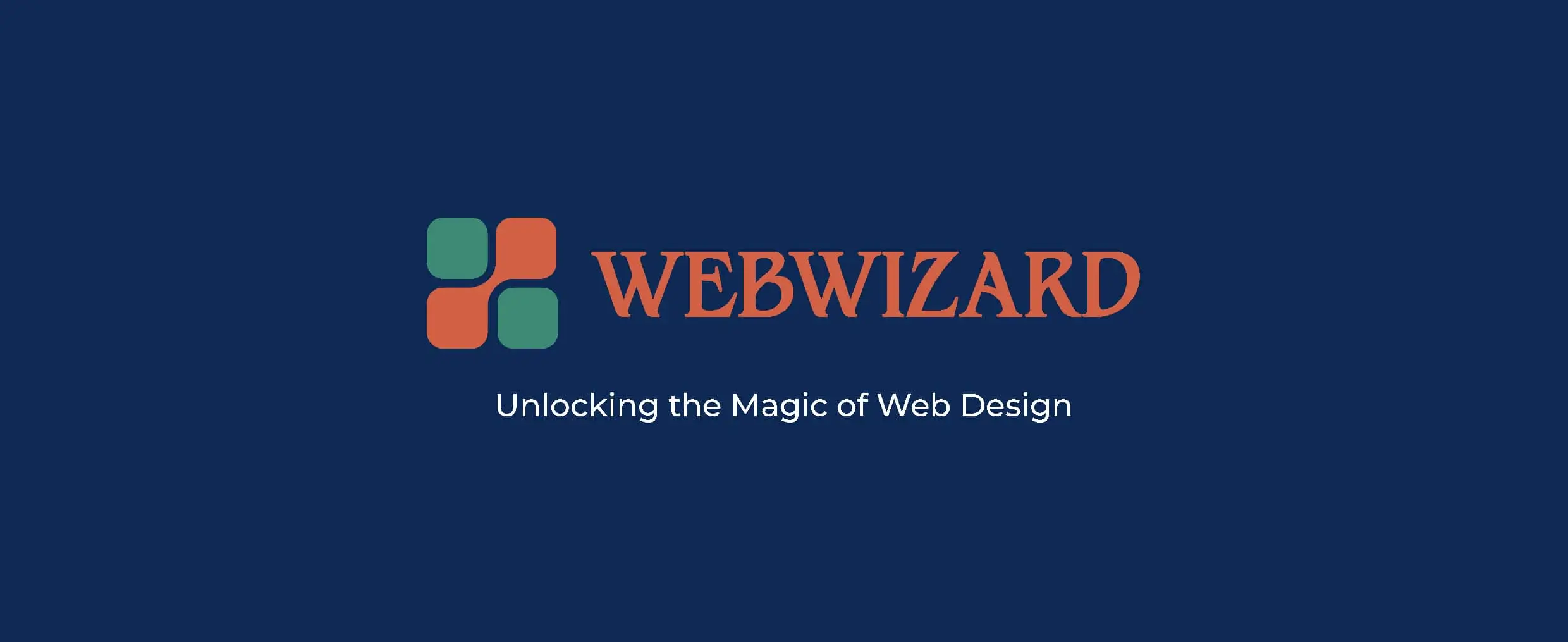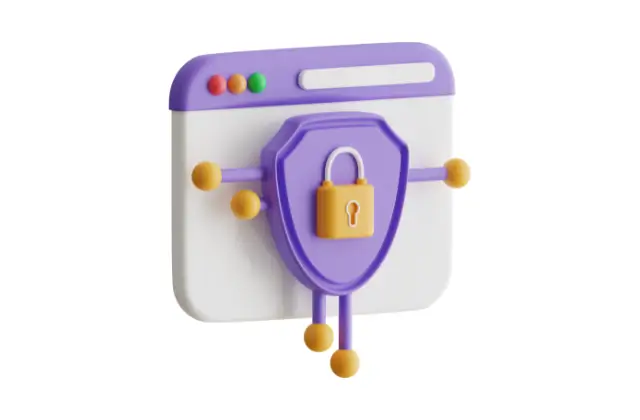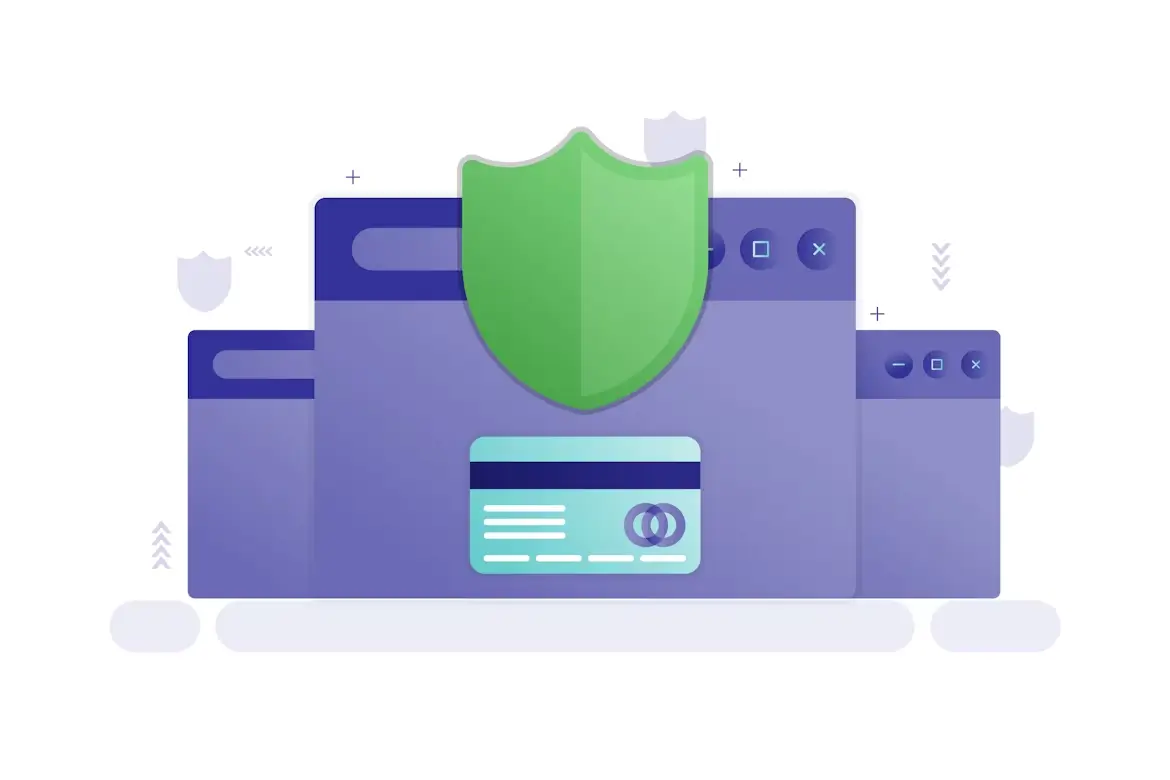Updatated on Oct 29, 2024
Introduction
In today’s digital world, making a strong first impression online is crucial for any business. One often overlooked element that can significantly enhance your brand’s online identity is the favicon. This small yet powerful icon plays a vital role in how users perceive and remember your website. In this blog post, we’ll explore what favicons are, their importance, and how they can improve your brand’s visibility and user experience.
Why Are Favicons Important?
1. Brand Recognition
A well-designed favicon helps create a unique identity for your brand. When users see your favicon consistently across different platforms, it reinforces your brand image. This can make it easier for customers to recognise and remember your website among the countless others they visit.
2. Professionalism
Having a favicon gives your website a more polished and professional appearance. Websites without favicons can appear untrustworthy or incomplete, which may deter potential customers. A favicon signals that you pay attention to detail and care about your online presence.
3. Improved User Experience
Favicons enhance the user experience by making it easier for visitors to find and navigate between your open tabs. A unique favicon helps users quickly identify your site, especially when they have multiple tabs open. This convenience can lead to increased engagement and longer visit durations.
4. Better Bookmarking
When users bookmark your website, the favicon appears alongside the bookmark name. A distinctive favicon can make your bookmark stand out, encouraging users to return to your site. This is especially important for businesses looking to build a loyal customer base.
5. SEO Benefits
While favicons do not directly influence your search engine ranking, they contribute to your overall brand visibility. A strong brand presence can lead to higher click-through rates from search engine results pages (SERPs). Furthermore, a favicon can enhance your website's credibility, which may indirectly support your SEO efforts.
How to Create and Implement a Favicon
1. Designing Your Favicon
When designing your favicon, keep these tips in mind:
- Simplicity: Since favicons are small, aim for a simple design that represents your brand effectively.
- Colour Scheme: Use colours that align with your brand identity. This consistency helps reinforce brand recognition.
- Relevance: Incorporate elements that reflect your business, such as your logo or a symbol related to your industry.
2. Creating Your Favicon File
Once you have your design, use an online favicon generator or graphic design software to create the favicon file. Save it in .ico format for maximum compatibility.
3. Adding Your Favicon to Your Website
To implement your favicon, follow these steps:
- Upload the Favicon: Place your favicon file in the root directory of your website.
- Add HTML Code: Include the following code snippet in the
<head>section of your HTML: -
<link rel="icon" href="/favicon.ico" type="image/x-icon">
This code tells browsers where to find your favicon.
Conclusion
Favicons play a crucial role in enhancing your brand’s online identity. They help improve brand recognition, convey professionalism, enhance user experience, and support SEO efforts. By investing time in creating a distinctive favicon, you can strengthen your online presence and foster customer loyalty.
If you need a favicon for your website, you can easily generate one from this link. Generate a favicon from your custom text in just a few clicks, or easily convert any image into a favicon, ensuring it perfectly represents your brand.
If you need assistance with favicon design or implementing it on your website, feel free to contact us. At Web Wizard, we specialise in professional, cost-effective web design services that elevate your brand's online identity.


